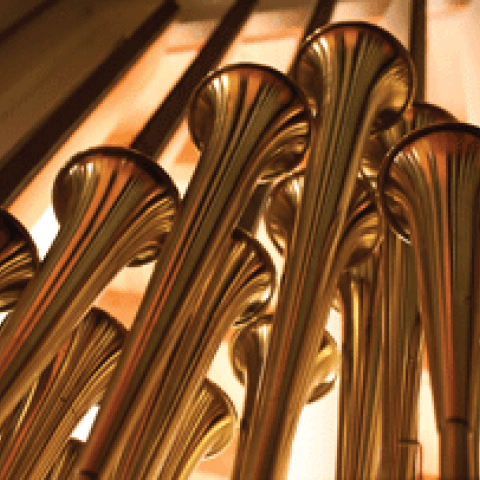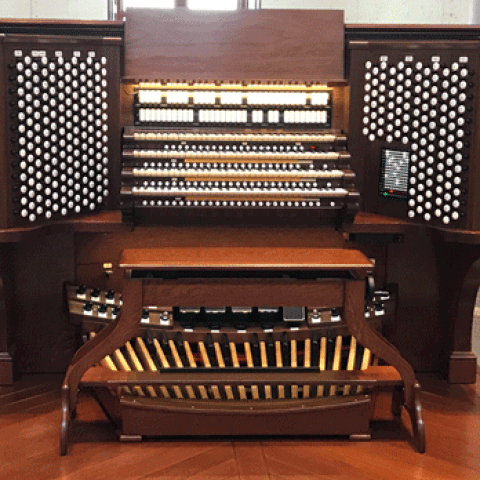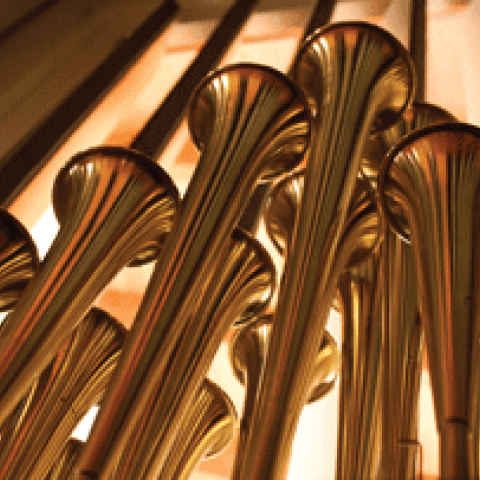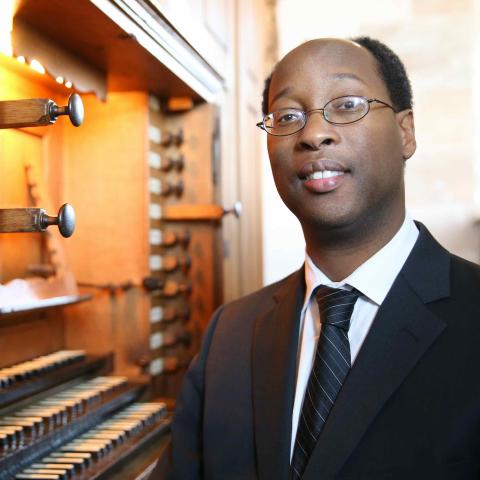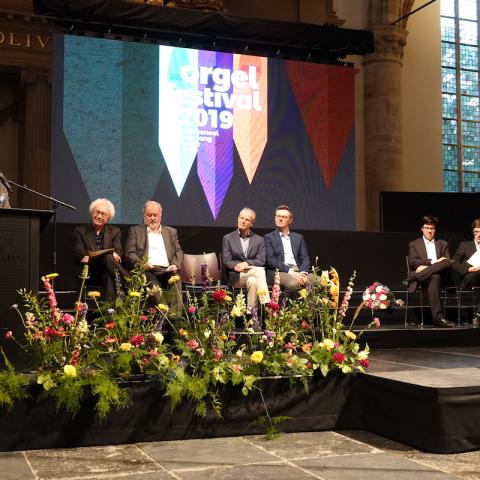
The Church of the Transfiguration, Orleans, MA, will present Clara Gerdes on May 21 at 7:30 p.m. The concert will include the premiere of an organ duet by Samuel Adler, Supplication & Celebration, written for the completion of the St. Cecilia Organ, for which Gerdes will be joined by SharonRose Pfeiffer, artist-in-residence at the Church of the Transfiguration.
The pipework of the instrument is drawn from twenty different Skinner organs; the result is the magnum opus and final work of Nelson Barden & Associates: four manuals, 185 ranks, 11,964 pipes.
Tickets: $35, $30 seniors, free for students and young people 18 and under. Call 508/240-2400 for ticket information and reservations, or purchase tickets online at churchofthetransfiguration.org.
The organ is featured on the cover of the November 2021 issue of The Diapason: https://www.thediapason.com/content/cover-feature-community-jesus-orleans-ma
See also the video: https://www.thediapason.com/videos/community-jesus-orleans-massachusetts
The program Includes:
“Orb and Sceptre,” William Walton (transcr. William McKie)
“Trio super ‘Allein Gott in der Höh’ sei Ehr’,” BWV 664, J. S. Bach
“Allein Gott in der Höh’ sei Ehr,” BWV 662 J.S. Bach
“Idyll,” Samuel Coleridge-Taylor (transcribed by A. E. Hull)
“Cantabile” (from Trois Pieces pour Orgue, ICF 49), César Franck
“Prelude and Fugue in B Major,” op. 7, no. 1, Marcel Dupré
“Supplication and Celebration: Duet for Organ,” Samuel Adler
“Lied” (from Douze pièces pour grand orgue), Gaston Litaize
“Prélude, Adagio et Choral varié sur le thème du Veni Creator»” op. 4, Maurice Duruflé
Clara Gerdes is a 2021 graduate of the Yale Institute of Sacred Music where she studied with Martin Jean. She also holds degrees from the Curtis Institute of Music where she studied with Alan Morrison. She received first prizes in the Albert Schweitzer, AGO-Quimby Mid-Atlantic Regional and UNCSA School of the Arts organ competitions; was the recipient of the 2020 Baker Prize in Organ Performance and the 2021 Julia Sherman Award for Excellence in Organ Playing from Yale; and received the first annual Pogorzelski Yankee scholarship from the American Guild of Organists.
Pre-Covid, Clara Gerdes served as assistant organist at Saint Bartholomew’s Church, Park Avenue in New York City and was previously organ scholar at Saint Mark’s Church, Locust Street in Philadelphia. She now serves as director of music at Most Holy Redeemer and Nativity Parish in Manhattan, New York, where her responsibilities include overseeing the restoration of the parish’s 1891 Roosevelt organ.
SharonRose Pfeiffer is one of the organists at the Church of the Transfiguration. Her performing career includes concerts throughout the U.S. and France. She earned degrees from Westminster Choir College and from the Eastman School of Music, where she studied with the late Dr. David Craighead, and served as his teaching assistant.
Dr. Pfeiffer has served as a church musician for over 45 years, with a particular interest in the development of children’s choirs. She can be heard with the Gloriae Dei Cantores on their psalmody recordings, Thou Art My Refuge, He Has Heard My Voice and His Love Endures Forever, Peace be with You: The Music of J.S. Bach, and on the Mystical Colors of Christ: Organ Music of Olivier Messiaen, as well as on her solo album, Illuminations.

